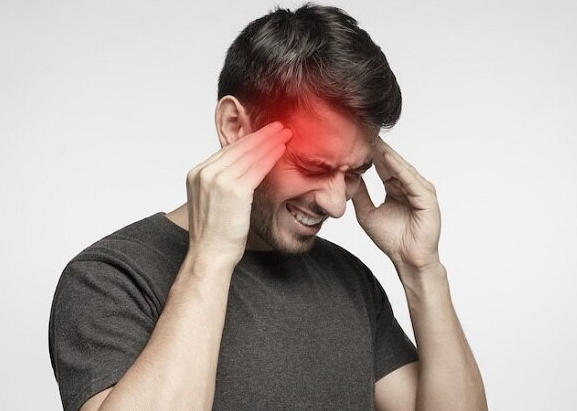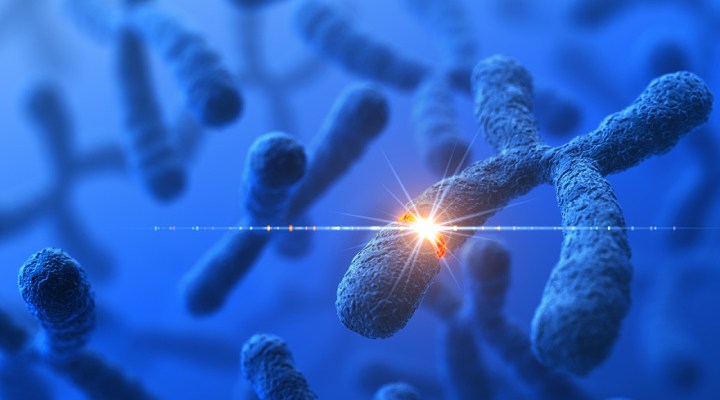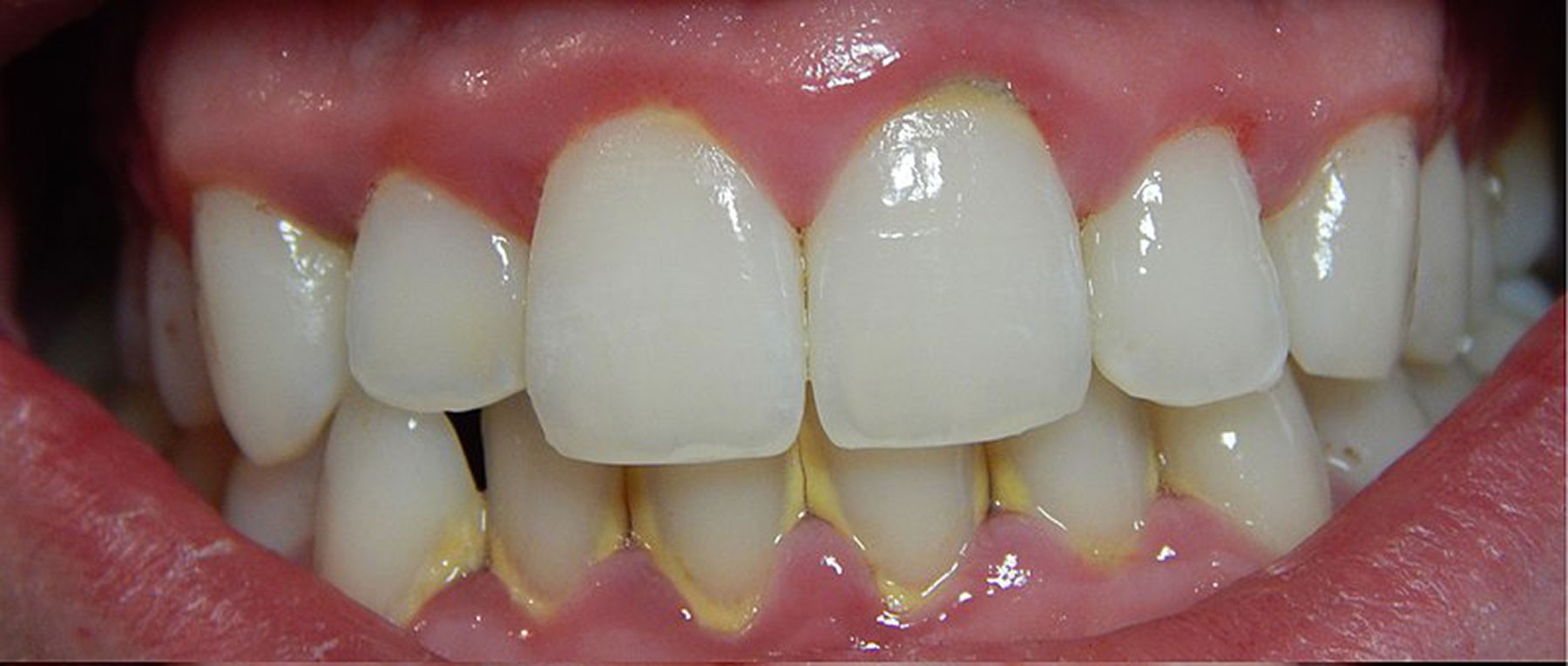How do you mentally deal with a migraine?
This article aims to provide an in-depth understanding of migraine, a common neurological disorder, and to discuss various treatment options available for managing this condition. The article will cover the definition, types, causes, symptoms, and treatment approaches for migraine, as well as the latest research and advancements in migraine management.

I. Introduction
A. Definition of migraine
Migraine is a complex neurological disorder characterized by recurrent episodes of moderate to severe headaches, often accompanied by other symptoms such as nausea, vomiting, and sensitivity to light and sound. Migraine headaches typically occur on one side of the head and can last from several hours to several days. The disorder is thought to involve abnormal functioning of the brain’s blood vessels and nerves, although the exact cause remains unclear.
B. Prevalence and impact on society
Migraine is a common health condition, affecting approximately 12% of the global population. It is more prevalent in women than in men, with the World Health Organization (WHO) estimating that around 18% of adult women and 9% of adult men experience migraine attacks. Migraine can have a significant impact on an individual’s quality of life, as well as on society as a whole, through decreased productivity and increased healthcare costs. According to the WHO, migraine ranks as the second highest cause of disability worldwide, after low back pain.

II. Types of Migraine
A. Migraine without aura (common migraine)
Migraine without aura, also known as common migraine, is the most frequent type of migraine, accounting for about 70-90% of all cases. Individuals experiencing this type of migraine typically suffer from moderate to severe pulsating headaches that are usually localized to one side of the head. These headaches are often accompanied by symptoms such as nausea, vomiting, and sensitivity to light and sound. Migraine without aura attacks generally last between 4 and 72 hours and are not preceded by any warning signs or sensory disturbances.
B. Migraine with aura (classic migraine)
Migraine with aura, sometimes referred to as classic migraine, affects around 25-30% of migraine sufferers. In addition to the headache phase, this type of migraine is characterized by a preceding phase called the “aura,” which usually lasts for about 20 minutes to an hour. The aura phase involves transient neurological symptoms, such as visual disturbances (e.g., flickering lights, zigzag lines, or blind spots), sensory changes (e.g., tingling or numbness in the face or extremities), or speech and language difficulties. The headache phase typically begins within an hour of the aura’s resolution and shares similar characteristics with migraine without aura.
C. Chronic migraine
Chronic migraine is diagnosed when an individual experiences a headache on 15 or more days per month for at least three months, and at least eight of those headaches meet the criteria for migraine. This form of migraine can be highly disabling and may require more aggressive and specialized treatment approaches compared to episodic migraine (i.e., migraine occurring less frequently than 15 days per month).
D. Vestibular migraine
Vestibular migraine is a type of migraine characterized by dizziness and problems with balance. Individuals with vestibular migraine may experience vertigo (a spinning sensation), unsteadiness, or problems with coordination. These symptoms can occur with or without an accompanying headache, and they usually last between a few minutes to several hours.
E. Hemiplegic migraine
Hemiplegic migraine is a rare and severe form of migraine that is characterized by temporary paralysis or weakness on one side of the body before or during the headache phase. Other neurological symptoms, such as vision changes, difficulty speaking, and confusion, may also occur. Hemiplegic migraine can be further divided into two subtypes: familial hemiplegic migraine (FHM), which has a genetic component, and sporadic hemiplegic migraine (SHM), which does not have a clear genetic link.
F. Retinal migraine
Retinal migraine, also known as ocular migraine, is another rare form of migraine that involves temporary vision loss or blindness in one eye. These visual disturbances typically last for less than an hour and are followed by a headache. Retinal migraine is thought to be caused by a temporary reduction in blood flow to the eye.
G. Menstrual migraine
Menstrual migraine is a type of migraine that is specifically associated with a woman’s menstrual cycle. These migraines usually occur in the days leading up to, during, or immediately following menstruation and are believed to be triggered by hormonal fluctuations, particularly the drop in estrogen levels. Menstrual migraines can occur with or without aura and may be more severe and longer-lasting than non-menstrual migraines.

III. Causes and Triggers
A. Genetic factors
There is substantial evidence suggesting that genetic factors play a significant role in the development of migraine. First-degree relatives of migraine sufferers are more likely to experience migraines themselves, and several specific genetic mutations have been identified in individuals with familial hemiplegic migraine. However, the genetic basis of migraine is complex and likely involves multiple genes interacting with environmental factors.
B. Environmental factors
Various environmental factors can contribute to the development or exacerbation of migraines. These may include changes in weather or barometric pressure, exposure to bright or flickering lights, strong smells or odors, and loud noises. Additionally, high-altitude environments have been reported to trigger migraines in some individuals.
C. Hormonal influences
Hormonal fluctuations, particularly in estrogen levels, have been linked to the occurrence of migraines in women. Many women report an increased frequency of migraines during menstruation, pregnancy, or menopause, which are times when significant hormonal changes occur. Some women may also experience migraines related to the use of hormonal contraceptives or hormone replacement therapy.
D. Lifestyle factors
Various lifestyle factors can also contribute to the development or worsening of migraines. Poor sleep quality, irregular sleep patterns, or sleep deprivation can trigger migraines in some individuals. Similarly, stress, dehydration, irregular meal patterns or fasting, and excessive caffeine intake or caffeine withdrawal have been associated with an increased risk of migraines. Physical exertion or exercise can also trigger migraines in some people.
E. Common triggers
Migraine triggers vary from person to person and may include any combination of the factors mentioned above. Some common triggers reported by migraine sufferers include:
1. Dietary factors: Specific foods or beverages, such as chocolate, aged cheese, processed meats, red wine, and foods containing monosodium glutamate (MSG), may trigger migraines in some individuals.
2. Sensory stimuli: Bright or flickering lights, strong odors, and loud noises can trigger migraines in some people.
3. Emotional factors: Stress, anxiety, depression, and other emotional states can contribute to the onset of migraines.
4. Physical factors: Overexertion, changes in sleep patterns, or neck and shoulder tension can provoke migraines in some cases.
It is essential for individuals with migraine to identify their specific triggers and make appropriate lifestyle modifications to reduce their exposure to these factors and decrease the frequency and severity of their migraines.

IV. Symptoms and Diagnosis
A. Migraine phases
Migraine attacks typically progress through four distinct phases, although not all individuals will experience every phase:
1. Prodrome: This is the pre-headache phase, which occurs hours or even days before the actual headache begins. During the prodrome phase, individuals may experience subtle symptoms such as mood changes, food cravings, increased thirst, neck stiffness, or increased sensitivity to light and sound.
2. Aura: The aura phase is specific to migraine with aura and involves transient neurological symptoms that develop before or during the headache. Auras typically last for about 20 minutes to an hour and may include visual disturbances (e.g., flickering lights, zigzag lines, or blind spots), sensory changes (e.g., tingling or numbness in the face or extremities), or speech and language difficulties.
3. Headache: This is the main phase of the migraine attack, characterized by a moderate to severe, throbbing or pulsating headache, usually localized to one side of the head. The headache may be accompanied by additional symptoms such as nausea, vomiting, and sensitivity to light and sound. This phase can last anywhere from 4 to 72 hours.
4. Postdrome: Also known as the “migraine hangover,” the postdrome phase follows the resolution of the headache and may include symptoms such as fatigue, difficulty concentrating, mood changes, and residual head or neck pain. This phase can last up to a few days after the headache has subsided.
B. Diagnostic criteria
There is no specific test to diagnose migraines, and the diagnosis is primarily based on a careful evaluation of the patient’s medical history, symptoms, and a physical examination. The International Headache Society has established diagnostic criteria for migraines that include the following:
1. At least five migraine attacks fulfilling the below criteria.
2. Headache attacks lasting 4 to 72 hours (untreated or unsuccessfully treated).
3. Headache has at least two of the following characteristics:
a. Unilateral location
b. Pulsating quality
c. Moderate to severe pain intensity
d. Aggravation by or causing avoidance of routine physical activity
4. During the headache, at least one of the following:
a. Nausea and/or vomiting
b. Photophobia (sensitivity to light) and phonophobia (sensitivity to sound)
5. Not better accounted for by another diagnosis.
C. Differential diagnosis
As migraines share some common features with other headache disorders, it is essential to rule out other potential causes of the headache, such as tension-type headaches, cluster headaches, or secondary headaches caused by an underlying medical condition (e.g., sinus infections, brain tumors, or intracranial bleeding). This may involve additional tests, such as blood tests, imaging studies (e.g., MRI or CT scans), or a lumbar puncture, depending on the specific circumstances and clinical presentation.

V. Treatment Approaches
A. Pharmacological treatments
There are two main categories of pharmacological treatments for migraines: acute (abortive) treatments, which aim to alleviate the symptoms of an ongoing migraine attack, and preventive (prophylactic) treatments, which are intended to reduce the frequency and severity of migraine attacks.
1. Acute or abortive treatments:
These medications are taken at the onset of a migraine attack to relieve symptoms and stop the progression of the headache. Some commonly used acute treatments include:
a. Nonsteroidal anti-inflammatory drugs (NSAIDs): Over-the-counter medications such as ibuprofen, naproxen, or aspirin can be effective in relieving mild to moderate migraine pain.
b. Triptans: These medications (e.g., sumatriptan, rizatriptan, zolmitriptan) are specifically designed to treat migraines by constricting blood vessels in the brain and blocking the release of certain inflammatory substances. Triptans are usually taken as tablets, nasal sprays, or injections.
c. Ergot derivatives: Dihydroergotamine (DHE) and ergotamine are older medications that constrict blood vessels in the brain and may be used to treat migraines that do not respond to other treatments.
d. Antiemetics: Medications such as metoclopramide or prochlorperazine can be used to treat nausea and vomiting associated with migraines and may also have some analgesic effects.
e. Combination analgesics: These medications contain a combination of pain relievers, such as acetaminophen, aspirin, and caffeine, which may provide relief for moderate to severe migraines.
2. Preventive treatments:
Preventive medications are taken regularly to reduce the frequency, severity, and duration of migraine attacks. These treatments are typically recommended for individuals who experience frequent or severe migraines or for those who do not respond well to acute treatments. Some commonly used preventive treatments include:
a. Antihypertensive medications: Beta-blockers (e.g., propranolol, metoprolol) and calcium channel blockers (e.g., verapamil) are sometimes prescribed for migraine prevention, as they have been shown to reduce the frequency of migraine attacks.
b. Antidepressants: Tricyclic antidepressants (e.g., amitriptyline) and selective serotonin reuptake inhibitors (SSRIs, e.g., fluoxetine) may be effective in preventing migraines by modulating the levels of certain neurotransmitters in the brain.
c. Anticonvulsants: Medications such as valproate and topiramate, which are primarily used to treat epilepsy, have also been shown to be effective in reducing the frequency and severity of migraines.
d. OnabotulinumtoxinA (Botox): Botox injections can be used as a preventive treatment for chronic migraines, as they have been shown to reduce the frequency of headache days.
e. Calcitonin gene-related peptide (CGRP) inhibitors: This is a new class of medications (e.g., erenumab, fremanezumab, galcanezumab) specifically designed for migraine prevention. CGRP inhibitors work by blocking the action of CGRP, a molecule involved in the development of migraine pain.
B. Non-pharmacological treatments
1. Lifestyle modifications: Making changes to one’s daily routine can be helpful in preventing migraines. This may include maintaining a regular sleep schedule, staying hydrated, eating regular meals, engaging in regular physical activity, and managing stress through relaxation techniques or mindfulness practices.
2. Cognitive-behavioral therapy (CBT): CBT is a form of psychotherapy that can help individuals with migraines identify and change negative thought patterns and behaviors that contribute to their headaches. CBT may also provide strategies for managing stress and coping with pain.
3. Biofeedback: This technique involves using electronic sensors to monitor and provide feedback on various physiological functions, such as heart rate, muscle tension, or skin temperature. By learning to recognize and control these functions, individuals with migraines can develop strategies to reduce stress and manage headache symptoms.
4. Acupuncture: Acupuncture involves the insertion of thin needles into specific points on the body to balance the flow of energy (qi) and reduce pain. Some studies have suggested that acupuncture may be an effective treatment for migraines, although more research is needed to confirm these findings.
5. Transcranial magnetic stimulation (TMS): TMS is a non-invasive treatment that uses magnetic fields to stimulate nerve cells in the brain. Some studies have found that TMS may be effective in reducing the frequency and severity of migraines with aura, although more research is needed to determine its efficacy in other types of migraines.
6. Nerve blocks: In some cases, injections of local anesthetics or corticosteroids may be used to block specific nerves associated with migraine pain, providing temporary relief from headache symptoms.
7. Supplements and herbal remedies: Some individuals with migraines may find relief through the use of supplements or herbal remedies, such as magnesium, riboflavin (vitamin B2), coenzyme Q10, or butterbur (Petasites hybridus). However, it is important to consult with a healthcare provider before starting any new supplement or herbal remedy, as they may interact with other medications or have potential side effects.
C. Future directions
1. Personalized medicine: As our understanding of the genetic and molecular basis of migraines continues to grow, there is the potential for the development of more personalized treatment approaches based on an individual’s unique genetic makeup and migraine profile.
2. Neuromodulation: Investigational devices that use electrical or magnetic stimulation to modulate the activity of specific brain regions or neural pathways involved in migraine pathophysiology may offer new treatment options for individuals who do not respond well to traditional therapies.
3. New pharmacological targets: Ongoing research into the molecular mechanisms underlying migraines may identify novel targets for drug development, leading to new and more effective treatments for migraine prevention and relief.
In conclusion, migraines are a complex neurological disorder with a variety of potential causes and triggers. By understanding the different types of migraines, their symptoms, and the available treatment options, individuals with migraines can work with their healthcare providers to develop a comprehensive treatment plan tailored to their specific needs. As research into the underlying mechanisms of migraines continues to advance, new and more effective treatments are likely to emerge, offering hope for improved migraine management and a better quality of life for those affected by this debilitating condition.










